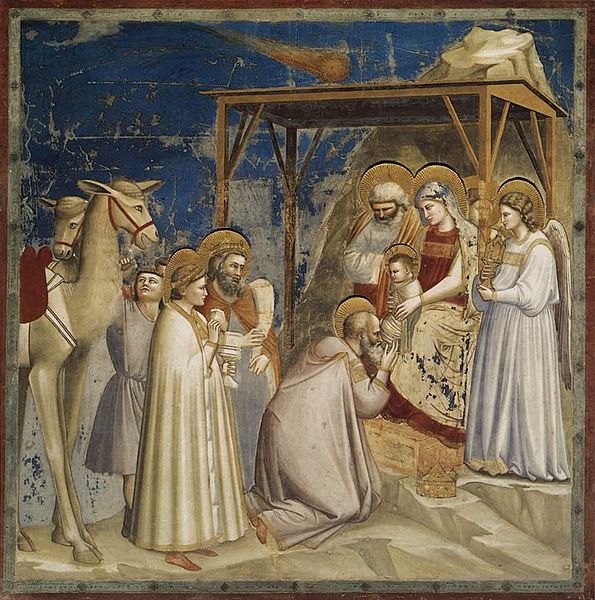Church frescos in Denmark
Church frescos or church wall paintings are to be found in some 600 churches across Denmark, no doubt representing the highest concentration of surviving church murals anywhere in the world. Most of them date back to the Middle Ages and were uncovered by Jacob Kornerup (1825–1913) who carried out restoration work in 80 churches across the country towards the end of the 19th century. They lay hidden for centuries as after the reformation, they were covered with limewash only to be revealed and restored during the course of the 19th and 20th centuries. In most of Europe medieval frescos, extremely common in the Middle Ages, were more likely to be removed completely during the Reformation or in subsequent rebuildings, or merely as they aged. The oldest frescos, dating back to the 12th century, were painted in the Romanesque style by artists from elsewhere in Europe but those from the 14th century and thereafter are in the Gothic style which was used by native Danish painters. It is these that are considered to be the most important for Danish art and culture. A distinction is to be made between these church wall paintings or kalkmalerier and the generic term "fresco" which refers to all types of painting on plastered walls or ceilings.

Gothic frescos in Elmelunde Church
Sealand-type Romanesque Christ in Majesty at Alsted.
Grønbæk: Romanesque frescos
St. George in Aarhus Cathedral
Fresco is a technique of mural painting executed upon freshly laid ("wet") lime plaster. Water is used as the vehicle for the dry-powder pigment to merge with the plaster, and with the setting of the plaster, the painting becomes an integral part of the wall. The word fresco is derived from the Italian adjective fresco meaning "fresh", and may thus be contrasted with fresco-secco or secco mural painting techniques, which are applied to dried plaster, to supplement painting in fresco. The fresco technique has been employed since antiquity and is closely associated with Italian Renaissance painting.
The Creation of Adam, a detail of the fresco Sistine Chapel ceiling by Michelangelo
Etruscan fresco. Detail of two dancers from the Tomb of the Triclinium in the Necropolis of Monterozzi 470 BC, Tarquinia, Lazio, Italy
A Roman fresco of a young man from the Villa di Arianna, Stabiae, 1st century AD.
Fresco by Giotto, Scrovegni Chapel in Padua. Sky and blue mantle of Maria were painted a secco, and large part of the painting is now lost








